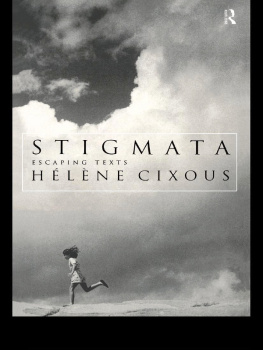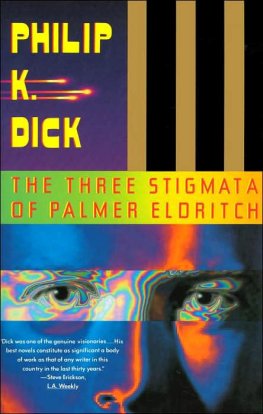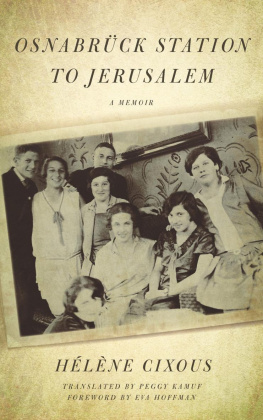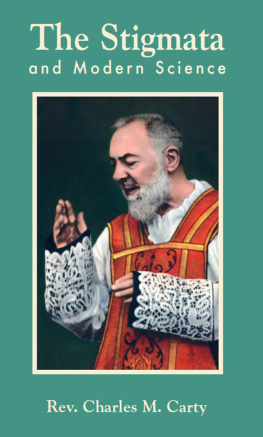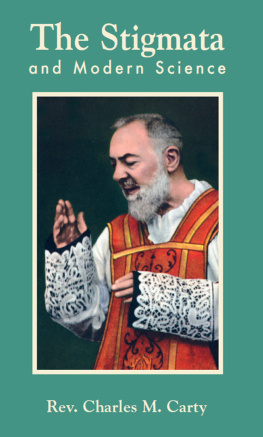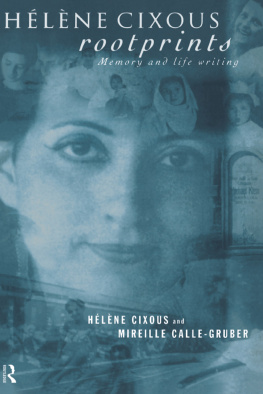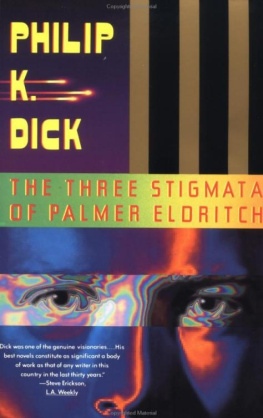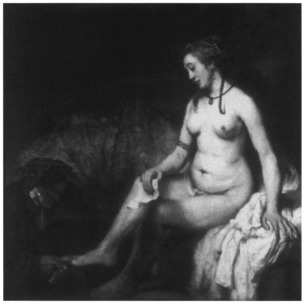This edition published in the Taylor & Francis e-Library, 2002.
All rights reserved. No part of this book may be reprinted or reproduced or utilised in any form or by any electronic, mechanical, or other means, now known or hereafter invented, including photocopying and recording, or in any information storage or retrieval system, without permission in writing from the publishers.
1 Bathsheba or the interiorBible
Translated by Catherine A.F.MacGillivray
Ive taken twenty-four steps in the direction of Bathsheba.
1. To what degree it is not about a nude, behold why, between all the magic ones, I first said that one.
From her, I want to receive the secret messages.
This female nude is not a nude.
She is not madenot paintedto be seen nude. Precisely her Bathsheba. She who was seen. Should not have been seen. She who is perceived. From afar.
She whom we see is not the mortal object.
Not the object of desire, and of murder.
It is Bathsheba in truth.
The non-nude nudity. Not denuded. Not undressed. Clean, characteristic.
Absolute Bathsheba. Without a man. Can we imagine seeing her: David and Bathsheba? (The name Bathsheba invokes Davidbut not this woman, here, no.)
2. This is Bathsheba. The dark surroundings must be whats left of David. This sort of blackness? If there is a couple, a pair in the painting, indeed it would be day and night.
(I say blackness, and not: black. Blackness isnt black. It is the last degree of reds. The secret blood of reds. There are so many blacks Twenty-four, they say.)
I said without a man. I mean to say without a visible man. I mean to say without an interior man. Inside herself. Withoutpreparation, without rigidity. This woman is not erect.
(And Rembrandt? Ah! Rembrandts sex
Nothing to do with Rubenss sex of flourishes, nothing to do with da Vincis mirror. Rembrandt is without ostentation.
The Rembrandt(s) sex is matrical.)
3. Why wouldnt Freud have anything to say about Rembrandt? Because there is no family scene, one sees no menace, no transference, no projection, theres no dependence, no authority, no cruel attachment.
Look at Titus. Titus is not a son, hes a boy. This is a young man. This young man is.
This old woman is not maternalized. This old man is not venerabi-lized. The old man is old.
The wars of appurtenance, of appropriation, that rage in families: no. No violence. Only insistence and profundity. And to each, his or her profound destinal mission: becoming human.
4. What there is not in Rembrandt: there is no da Vinci. Not the smile.
Not the look that takes or the smile that flees.
There is no smile: no exterior. No face that lets itself be looked at. That knows it is looked at. No face. No surface. No scene. Everything is in the interior. No representation.
The passivity of Bathsheba. The despondency.
The imminence. Drooping over her somber heart.
5. There is no Vermeer.
No walls, no painting on the walls, no window, no panes, no curtain, no nautical map on the wall, no cupboard,
In Vermeer, light enters by the window on the left and draws. Everything is in the cell. The outside knocks on the windowpanes. The exterior enters the interior.
(The camera obscura, the machine for seeing gives us: photographic vision, from foreground to background.)
Here: no objects in the foreground, no fruits. No spools of thread. Here, no exterior, no era, no city.
Vermeer takes us to Delft. To the Lacemakers. Eternal Reconstitution.
Where does Rembrandt take us? To a foreign land, our own.
A foreign land, our other country.

